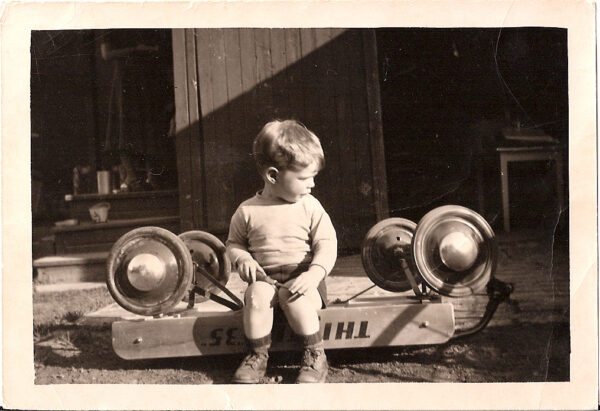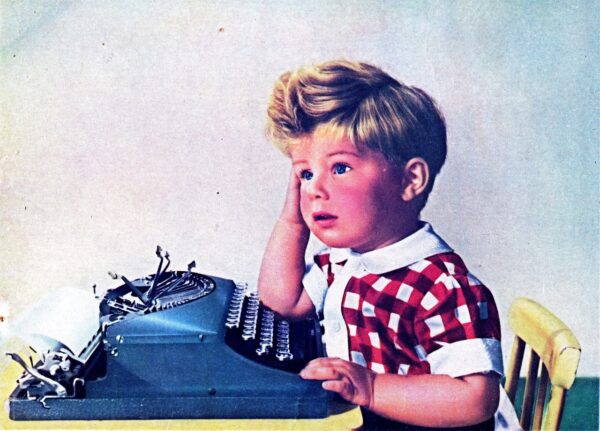When my daughter was four years old I caught her standing on a chair and reaching up into the medicine cabinet to get a bottle of pills. Is this a picture of you?
Are you always trying to make yourself bigger than you are, reaching too high for strong spiritual medicine that might be dangerous? Do you lust after signs and wonders, mystical experiences, a choice position in leadership? If we do not mature properly in our faith and character, we may be obliged to make up for it later. After years of a high profile, we may find ourselves back to crawling, or having to learn again how to walk. As the author of Hebrews scolded, “Though by this time you ought to be teachers, you need someone to teach you the elementary truths of God’s word all over again. You need milk, not solid food!” (5:12)
The best way to reconnect with childhood is to love a child, for we take on the likeness of who (or what) we love. In my case, certainly my daughter Heather has been my prime muse, but I’ve also been graced by a child I never met: my brother Jimmie, who died at age three before I was born. His premature passing hung like a cloud over my family, our never-resolved grief oppressing my childhood with a mysterious weight I could neither see nor comprehend. Not until my thirties did I begin intentionally to seek Jimmie through stories, photographs, conversation, meditation, prayer. My middle name is William, which was the name of a minister who comforted my parents at the time of Jimmie’s death. I never learned about my namesake until I asked, and that other William never came into focus until I visited the church he had pastored and saw his portrait on the wall—the same church where Jimmie’s funeral had been held. Near our old house, I saw a stepped stone wall that my father had described, which Jimmie loved to walk along as Dad held his hand. I know Dad must have done the same with me, though I have no memory of this and he never spoke of it. Thus precious pieces of our childhood may be recovered even through people we never knew.
In my office hangs a picture of myself as a little boy—a child about three whom I never met. This was the illustration on a calendar for February, my birth month, in the year 1955 when I was three. My mother saved it because she thought it looked like me. What is really remarkable is that this boy, my doppelgänger, is sitting at a typewriter, not typing but gazing off into space with an expression of wistful perplexity as though searching for his next words—exactly as I do every day at my desk. Naturally my mother had no idea that I would grow up to be a writer, yet somehow, with the intuition of motherhood, she unwittingly prophesied it. Like Jimmie, this little calendar boy whom I never knew, yet whom I’ve come to know so well, inspires me, even holds my hand as I precariously navigate the stone wall of each day’s writing.
• • • • •
The above essay, the fourth of seven parts, is excerpted from An Introduction to Child Theology, edited by James M. Houston, pp 220-29.
I’ve also written on the theme of childhood and childlikeness in my book The Mystery of Children: What Our Kids Teach Us About Childlike Faith, available as a free ebook on this site, or in paper from Amazon.



